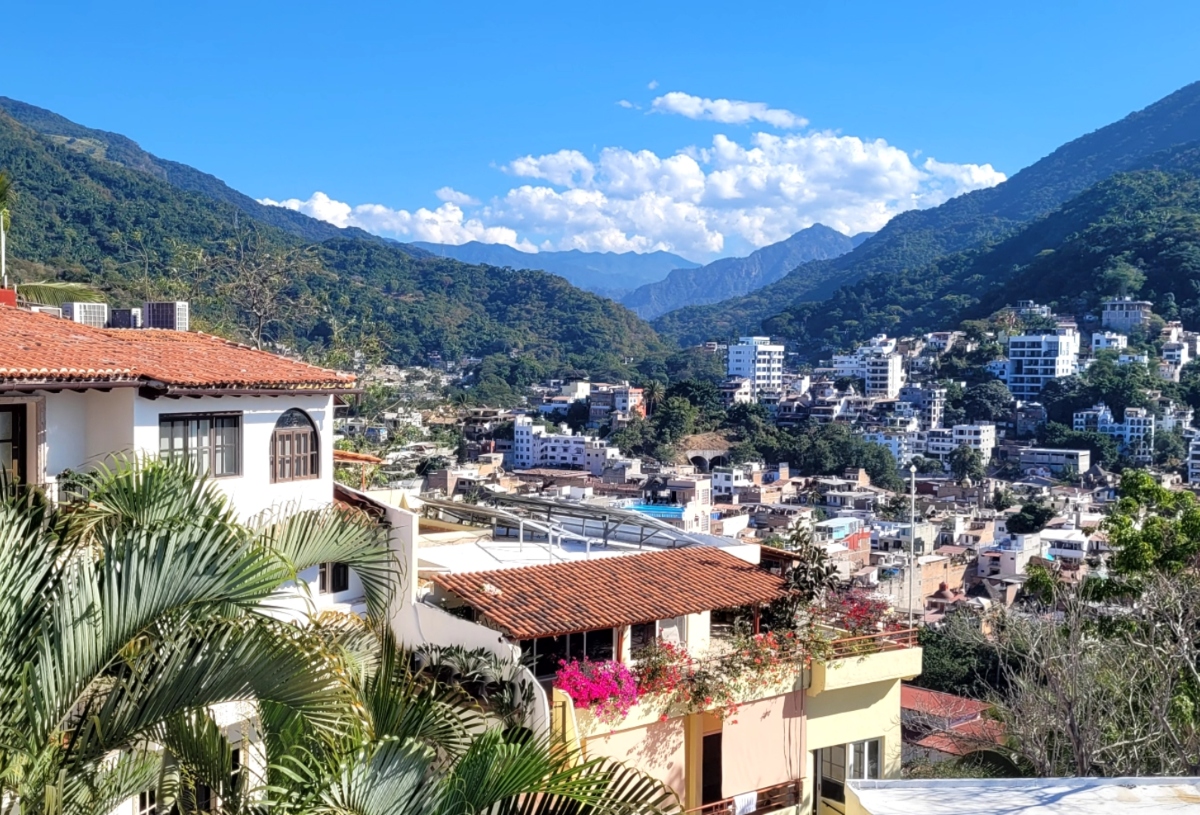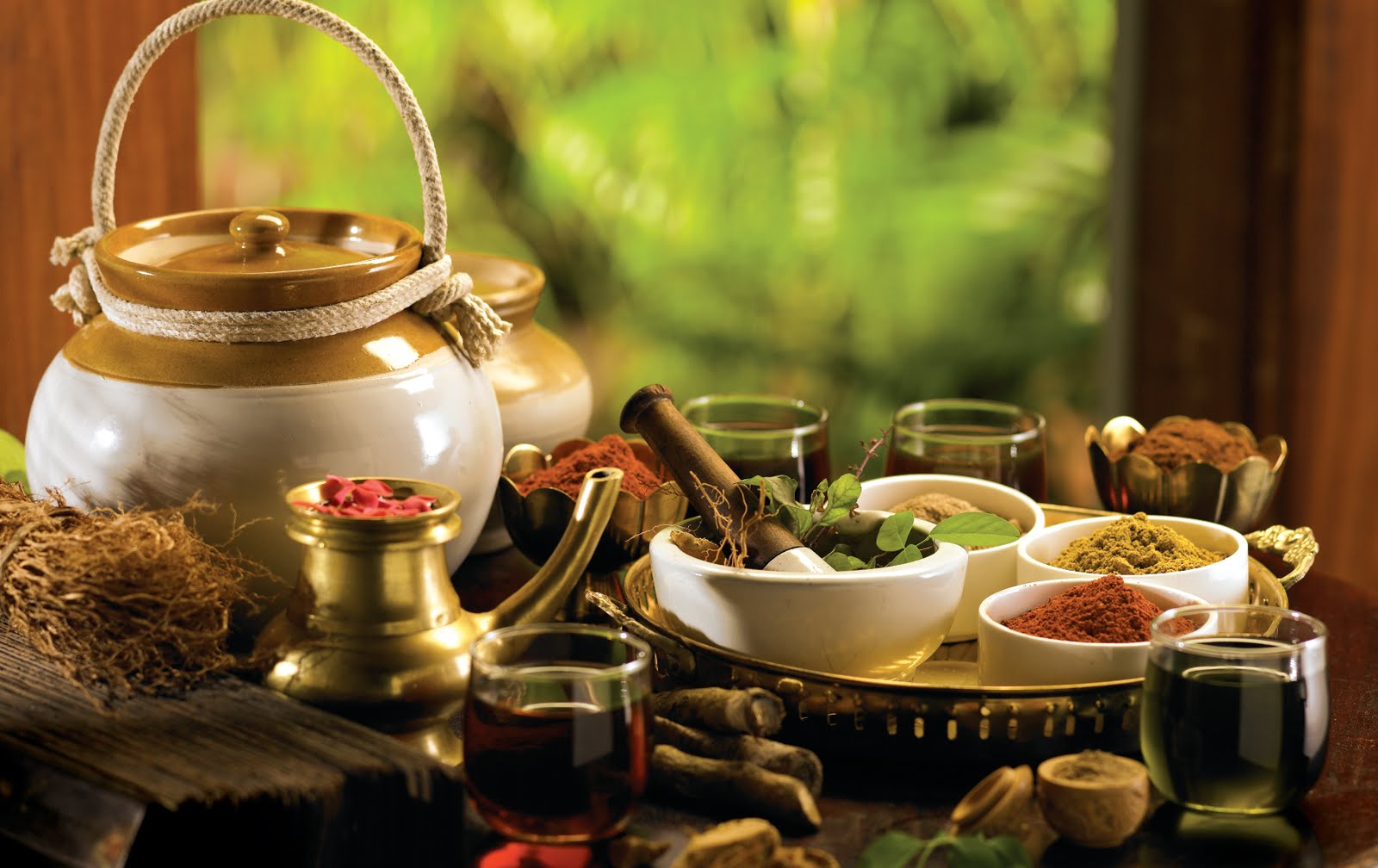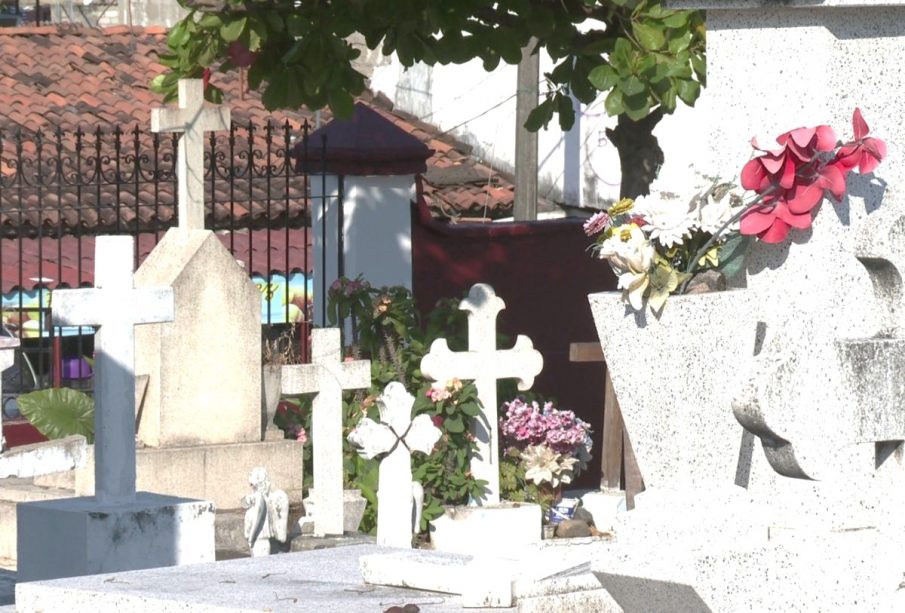
Day of the Dead in Vallarta, mysthicism and color

November 02, 2023
Mexico is a country renowned for its cultural diversity, which is evident in the various traditions that have been preserved, protected, and celebrated throughout history. One such tradition that exemplifies the richness of Mexican culture is the Day of the Dead. It is a unique celebration that extends beyond national borders and showcases the distinctiveness of Mexican customs. Here, even death is synonymous with festivity.
This Mexican tradition predates the arrival of the Spaniards, with historical records dating back over 500 years. Over time, certain elements of the celebration have evolved, such as the transition from Mictlan (the underworld) to the heavens, the substitution of traditional petate mats with sawdust roads, and the transformation of human bones into intricately crafted sugar skulls. However, the essence of honoring and remembering our departed loved ones remains unwavering.
Puerto Vallarta’s traditional cemeteries
In the city of Puerto Vallarta, the Day of the Dead holds a special significance, deeply ingrained in the local culture. The commemoration of this tradition is closely tied to the city’s cemeteries, with one particularly iconic burial ground located in Colonia 5 de diciembre.
The original cemetery of Puerto Las Peñas, now known as Puerto Vallarta, was initially situated near the mouth of the Cuale River. However, it was later relocated to its current location, which is now Hidalgo Park in the city center.
In the year 1956, the Colonia 5 de Diciembre cemetery was inaugurated. Over the years, it has become the final resting place for numerous individuals, with a total of 3,821 tombs.
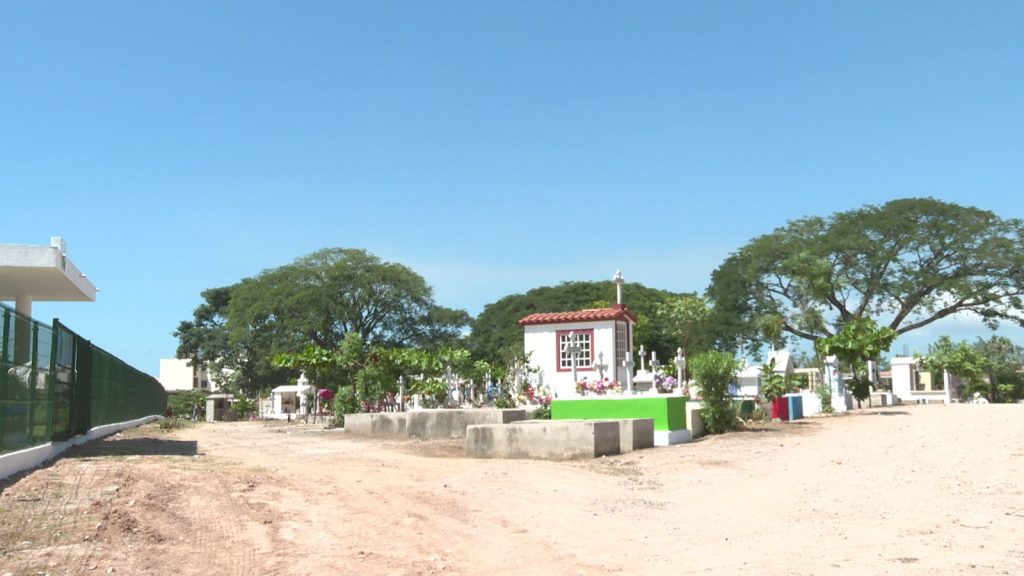
As the city expanded, the urban development gradually surrounded the cemetery, adding to its mystique and giving rise to various legends and tales. The 5 de diciembre cemetery holds the remains of significant figures who played a crucial role in shaping Puerto Vallarta into the prominent tourist destination it is today.
Among these notable individuals are Jesús Langarica, the first city mayor, Manuel Lepe, a renowned painter, Agapito Medina, a pioneer in transportation, and José Baumgarten Joya, one of the city’s most iconic mayors.
Undoubtedly, the ‘panteón de la 5′ holds great historical significance for the city and remains an integral part of the enduring Mexican traditions that continue to be cherished to this day.
Altars, an unmissable element to receive our faithful departed
Altars play a crucial role in commemorating our departed loved ones during the Day of the Dead festivities. Alongside the calaveritas, catrinas and catrines, music, and anecdotes, altars hold immense significance.
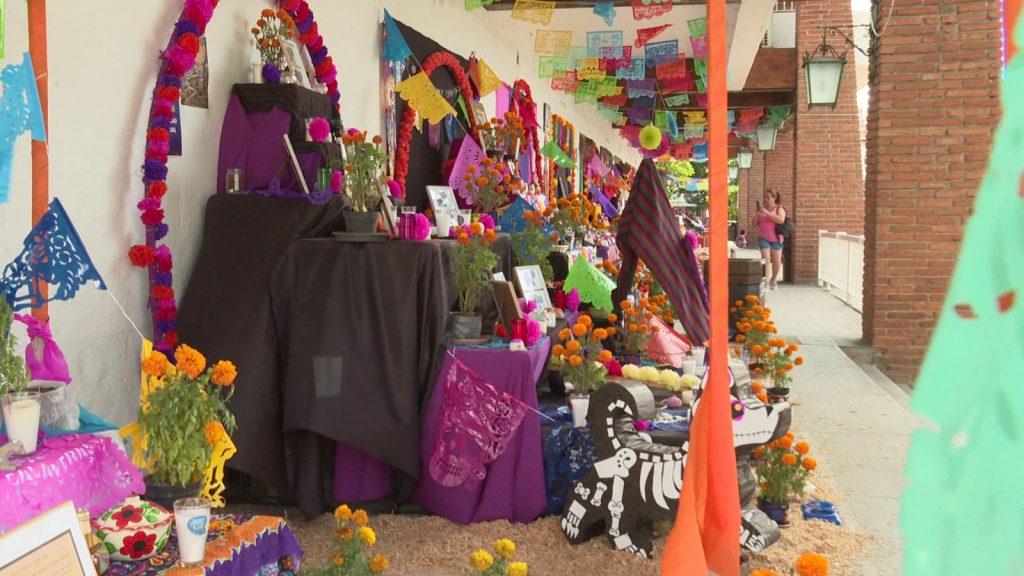
Serving as the focal point of the celebration, altars house a photograph of the deceased, their preferred food and beverages, and even their attire. In short, the altar encompasses the essence of the entire commemoration.
Differences between Halloween and Day of the Dead
José de Jesús Quintanar Villalvazo, a renowned professor and historian specializing in Mexican culture, has highlighted that the altars of the dead consist of three levels, contrary to the common misconception of seven levels. Furthermore, he emphasizes that these altars are sustained by essential and authentic components.
In the southern region of our nation, altars or offerings were traditionally associated with 7 levels, believed to symbolize the 7 deadly sins. However, this notion is erroneous. The actual truth is that the offerings consist of 3 levels. The initial level represents the underworld, which corresponds to purgatory. The second level signifies the half-world, representing the earthly realm. Lastly, the third level represents the supramundo, which signifies heaven. Consequently, it is understood that our departed souls must traverse through these three levels before reaching the supramundo, or heaven.
The professor emphasized the essential elements that should be present on the altars, including the photograph of the beloved individual, the white, Mexican pink or purple cut paper, the candles, incense, the cross made of ashes, and most importantly, the marigold flower.
Each of these elements contributes to the preservation of the tradition. In the case of the photo of the deceased, it serves as a remembrance, while the image of the ‘Ánima sola’ could also be included, symbolizing all the departed souls. The shredded papers represent different types of deaths, with the purple one representing a sorrowful passing, the Mexican pink one representing a joyful death, and the white one symbolizing peace. The candles and incense, with their illuminating light and fragrant aroma, guide the souls of our departed loved ones. Lastly, the cempasúchil, a mythical flower with twenty petals, holds great significance as it represents both life and death in the eyes of our ancestors.
The Day of the Dead holds immense significance as the most ingrained custom in Mexico. Nevertheless, in particular, destinations with a focus on tourism like Puerto Vallarta have embraced Halloween, a trend that Professor Quintanar firmly opposes.

He concluded by emphasizing that our Day of the Dead tradition surpasses Halloween in terms of beauty and appeal. Also, he extended an invitation to teachers and educators, who often encourage children to seek pumpkins at the Malecon, to instead familiarize them with the Mexican tradition. The professor further expressed his plea to parents, urging them to refrain from following this path and instead introduce their children to the richness of our cultural heritage.
Death, a family and economic tragedy?
The Mexican, like individuals worldwide, harbors a fear of death, yet paradoxically, also derides and commemorates it. We possess a distinct complexion, less susceptible to emotional upheaval, and bear the weight of historical wounds that we have adeptly mended, for no other nationality resembles us Mexicans.
However, these admirable qualities are counterbalanced by a tendency to recklessly disregard preparedness for nearly any circumstance, with death ranking low on the hierarchy of concerns for our populace.
You may also like: Day of the Dead Altars, everybody’s tradition
No one is truly prepared for the inevitability of death. However, the aftermath of this event not only brings profound sorrow to loved ones and friends, but also the potential for financial strain. This burden could potentially fracture a family.
According to Roberto Seseña, the Commercial Director of the Social Benefit Support Program of Funeraria San José, the cost associated with death is significant. In the event of an unexpected death, the costs associated with funeral services can be overwhelming.
Without proper preparation, emergency services alone can cost between 50 to 100 thousand pesos. Additionally, a casket can cost between 10 to 30 thousand pesos, a wake room up to 7 thousand 500, and a cafeteria up to 3 thousand 500. These expenses can quickly add up, leaving the mourner with a bill of 50 thousand pesos or more.

However, despite the widespread dissemination of this information to the majority of the population over time, there remains a segment of individuals who exhibit hesitancy towards purchasing a funeral plan. In the most extreme instances, there are individuals who are completely unaware of the subject. Mostly, they believe that it will somehow invite death or bring about unfortunate circumstances.
It remains a sensitive topic as some individuals exhibit fear when discussing death, believing that purchasing funeral services will hasten their demise or bring about negative consequences. However, such notions are unfounded. It is crucial to acknowledge that our passing not only causes grief for our loved ones but also leaves behind significant financial obligations.
Undoubtedly, talking about death is a controversial topic, even in a country as culturally rich as Mexico.
Death is not a farewell
On the Day of the Dead, individuals with departed family members experience a range of emotions as they reminisce, shed tears, share laughter, and recount familiar stories that continue to evoke deep sentiment within us, despite their repetition.
The essence of the Day of the Dead lies in the sentimentality it evokes, symbolized by the food that is consumed during this occasion. It represents nostalgia, an intangible aspect of our humanity, encompassing both the apprehension of our own mortality and the solace of understanding that this is not a permanent farewell, but rather a temporary parting until we meet again. We are aware that the individuals who proceeded ahead had no intention of causing us distress.
To those who bid farewell and to those who departed without saying goodbye.
For those who consistently showered us with love until their final moments, and to those who left an everlasting impression on our lives.
To those for whom we would do anything to embrace and kiss them one last time.
This day is dedicated to all of you.
Happy Day of the Dead!
You can read the version in Spanish here.
------ADVERTISEMENT------
------ADVERTISEMENT------
------ADVERTISEMENT------
------ADVERTISEMENT------

